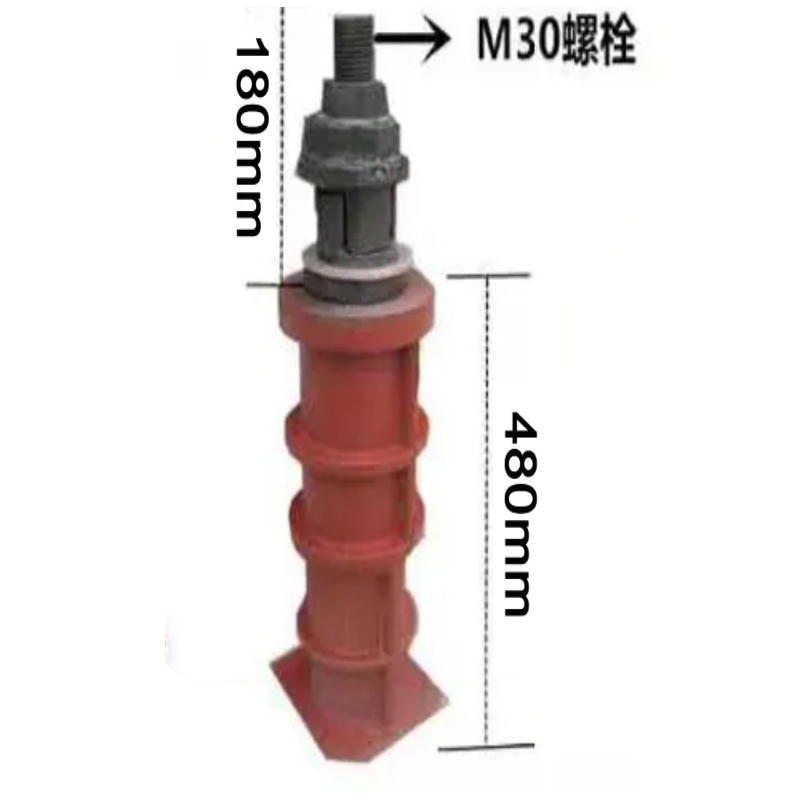Sep . 16, 2024 12:03 Back to list
Different Types of Spirit Levels
Different Types of Spirit Levels
Spirit levels, commonly known as bubble levels, are essential tools in construction, carpentry, and various engineering fields. They are used to determine the horizontal and vertical alignment of surfaces. There are several types of spirit levels, each designed to meet specific needs, and understanding these different types can help ensure accuracy in projects.
1. Standard Spirit Levels
The most commonly used spirit level is the standard spirit level, usually made from aluminum or plastic. This level features a long, rectangular shape with one or more vials (glass tubes filled with liquid and an air bubble). The vials are calibrated to show whether the surface is perfectly horizontal or vertical. Standard levels are available in various lengths, ranging from small, portable sizes (24 inches) to long models (72 inches or more) for larger projects.
Digital spirit levels are a modern advancement in leveling technology. They incorporate electronic sensors and digital displays to provide precise measurements. Unlike traditional spirit levels, which rely on the position of the bubble, digital levels offer numerical readouts, often showing angles in degrees or percentages. This type of level can also provide audio alerts when the surface reaches the desired angle, making it user-friendly and especially helpful for those who require accurate leveling on complex projects.
3. Laser Levels
different types of spirit levels

Laser levels project a laser beam onto surfaces, creating a highly visible reference line that indicates level and plumb. These levels can project horizontal and vertical lines simultaneously, which is ideal for aligning multiple points across large areas. Laser levels come in various forms, including line laser levels (which project straight lines) and rotary laser levels (which spin the laser beam 360 degrees). They are particularly useful for large construction projects, such as installing drywall, flooring, or when setting foundations.
4. Inclinometers
Inclinometers, or slope levels, are specialized spirit levels used primarily to measure angles of incline or decline. They are essential in fields like landscaping, mining, and civil engineering, where slope measurement is critical. These devices can be digital or analog, displaying the degree of incline, and some models include a built-in leveling feature to ensure accurate installations.
5. Torpedo Levels
Torpedo levels are compact, portable levels that fit easily into a pocket or tool belt. They typically measure around 9 to 12 inches in length and are perfect for tight spaces and small projects. They come equipped with one or more vials for measuring both horizontal and vertical planes. Their compact size makes them ideal for plumbers, electricians, and any tradespeople working in confined areas.
Conclusion
The diversity of spirit levels available allows professionals and DIY enthusiasts alike to select the right tool for their specific needs. Whether it’s a standard spirit level, a high-tech digital counterpart, or a compact torpedo level, having the right type of spirit level can significantly enhance accuracy and efficiency in any project. Recognizing the different types can lead to better outcomes in construction and craftsmanship.
-
Precision Manufacturing with Advanced Spline Gauge DesignNewsJul.31,2025
-
Industrial-Grade Calibrated Pin Gauges for Exact MeasurementsNewsJul.31,2025
-
Industrial Filtration Systems Depend on Quality Filter DN50 SolutionsNewsJul.31,2025
-
High-Performance Gate Valve WholesaleNewsJul.31,2025
-
Granite Surface Plate The Ultimate Solution for Precision MeasurementNewsJul.31,2025
-
Granite Industrial Tools The Ultimate Guide for Bulk BuyersNewsJul.31,2025
Related PRODUCTS









